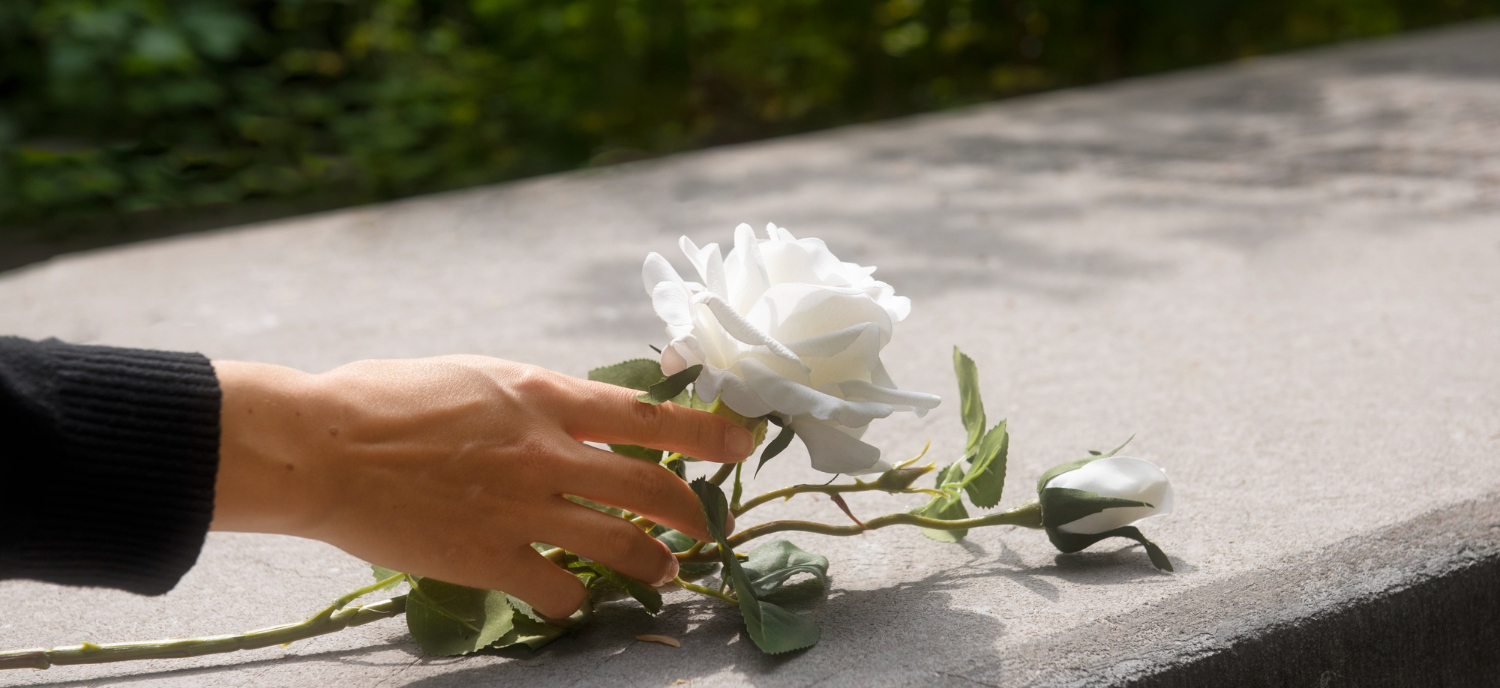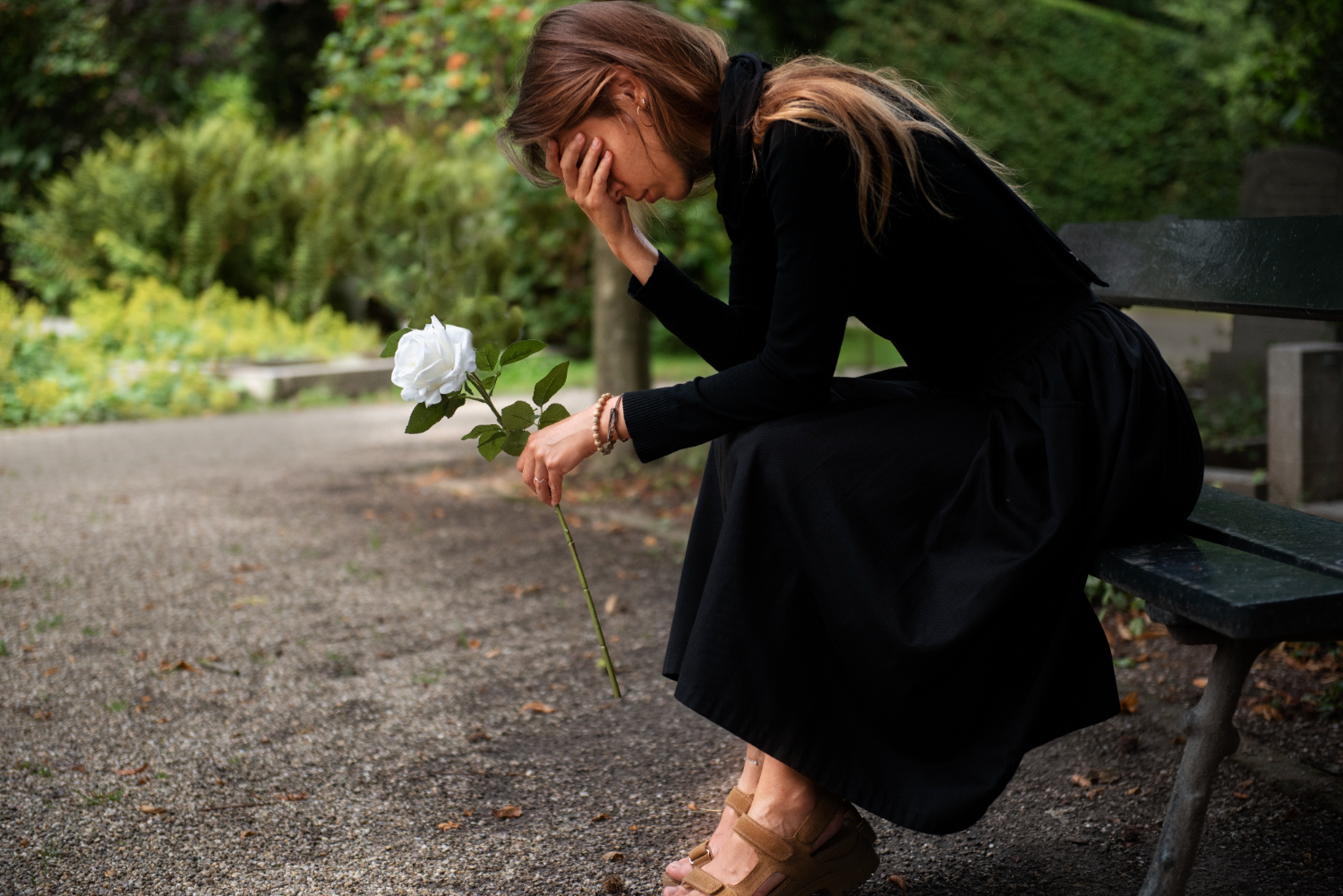The Waves of Grief—When Healing Doesn’t Feel Like Progress

I thought I was doing better.
I had days where I could breathe again, moments when the pain wasn’t so sharp. I even caught myself feeling something close to okay.
But then, without warning, the wave came.
It hit me while I was driving, out of nowhere. A song on the radio, a scent in the air, the simple realization that they are still gone. And suddenly, I was drowning again, gasping for air, as if no time had passed at all.
How can I be back here? How can I be this broken again?
I thought I was healing.
But maybe I’m not. Maybe I never will.
Table of Contents
- The Lie of “Getting Over It”
- Allowing the Waves Without Fighting Them
- Learning Tools: Navigating the Cycles of Grief
- 1. The “Riding the Wave” Exercise
- 2. The “Safe Anchor” Practice
- 3. The “Wave Journal”
- Guided Meditation: Floating Through the Waves
The Lie of “Getting Over It”
People talk about grief like it’s something you get through, like a tunnel with an end. As if one day, you wake up and it’s just… gone.
But grief doesn’t work that way.
It doesn’t disappear. It doesn’t follow a straight line. It moves in cycles, in waves—sometimes gentle, sometimes crashing.
One day, I feel like I can handle it. The next, I’m back on my knees.
And for a long time, I thought that meant I was failing. That I wasn’t “strong enough.” That I wasn’t healing the way I was supposed to.
But maybe healing isn’t about avoiding the waves.
Maybe healing is learning how to float.
Allowing the Waves Without Fighting Them
I am trying to remind myself that when grief returns, it doesn’t mean I’ve gone backward. It doesn’t mean I’ve lost progress.
It just means I loved deeply. And that love is still here.
Maybe the waves will always come.
But maybe I don’t have to fear them. Maybe I can let them rise, let them crash over me, and trust that when they pass, I will still be standing.
Because I have survived every wave before this one.
And I will survive this one too.
Learning Tools: Navigating the Cycles of Grief
Grief is not a straight path—it is a series of waves, each one different from the last. These tools will help you meet the waves with gentleness, rather than fear.
1. The “Riding the Wave” Exercise
When a wave of grief crashes over you, instead of resisting, try this:
Close your eyes and take a deep breath.
Whisper to yourself: “This is a wave. I have felt waves before, and I have survived them.”
Imagine yourself floating, allowing the emotion to rise and fall, knowing it will pass.
2. The “Safe Anchor” Practice
Find something that anchors you when the waves feel too strong.
It could be:
A physical object (a stone, a necklace, a piece of clothing that brings comfort).
A grounding phrase (“I am safe. I am here. I will get through this.”).
A small ritual (lighting a candle, touching a tree, holding your heart).
Use this anchor whenever grief feels overwhelming.
3. The “Wave Journal”
Instead of seeing grief waves as setbacks, track them.
Write down when they come, what triggered them, and what helped you move through them.
Over time, this helps you see that the waves do pass—and that you are stronger than you think.
Guided Meditation: Floating Through the Waves
Find a quiet place. Close your eyes. Take a deep breath.
Imagine yourself in the ocean, floating gently on the water. The waves move around you, rising and falling.
Some waves are small, barely noticeable. Others are big, strong, overwhelming.
But you do not fight them. You do not sink.
You float.
You let the water carry you, trusting that when the waves pass, you will still be here, still breathing, still whole.
You whisper to yourself:
“This is a wave. It will pass.”
“I do not have to fight grief. I can let it move through me.”
“I am safe in this moment.”
Stay here as long as you need. Let yourself rest in the rhythm of the water.
When you are ready, take a deep breath, gently open your eyes, and return to the present moment.
The waves will come. But you will not drown.
You are learning to float.
Created By: Bethany Orrick
Recommended Blogs
 Blogs
Blogs The Gift of Small Moments—Finding Light in the Midst of Grief
The Gift of Small Moments—Finding Light in the Midst of Grief Grief has a way of shrinking the world.In the...
 Blogs
Blogs When the World Moves On—Feeling Left Behind in Grief
When the World Moves On—Feeling Left Behind in Grief Life has a way of moving forward, even when you feel...
 Blogs
Blogs When the Grief is Too Much—Learning to Take a Break from the Pain
When the Grief is Too Much—Learning to Take a Break from the Pain Some days, grief is everywhere.It’s in the...
 Blogs
Blogs The Ache of Milestones—When Time Moves Forward Without Them
The Ache of Milestones—When Time Moves Forward Without Them Another birthday approaches. Another milestone passes.I find myself caught between two...
 Blogs
Blogs The Holidays Without Them—When Joy and Grief Collide
The Holidays Without Them—When Joy and Grief Collide The holidays are here, and the world feels different. Everywhere I look,...
 Blogs
Blogs The Unexpected Triggers—When Grief Hides in the Smallest Moments
The Unexpected Triggers—When Grief Hides in the Smallest Moments Grief is a shape-shifter. It doesn’t always show up in the...